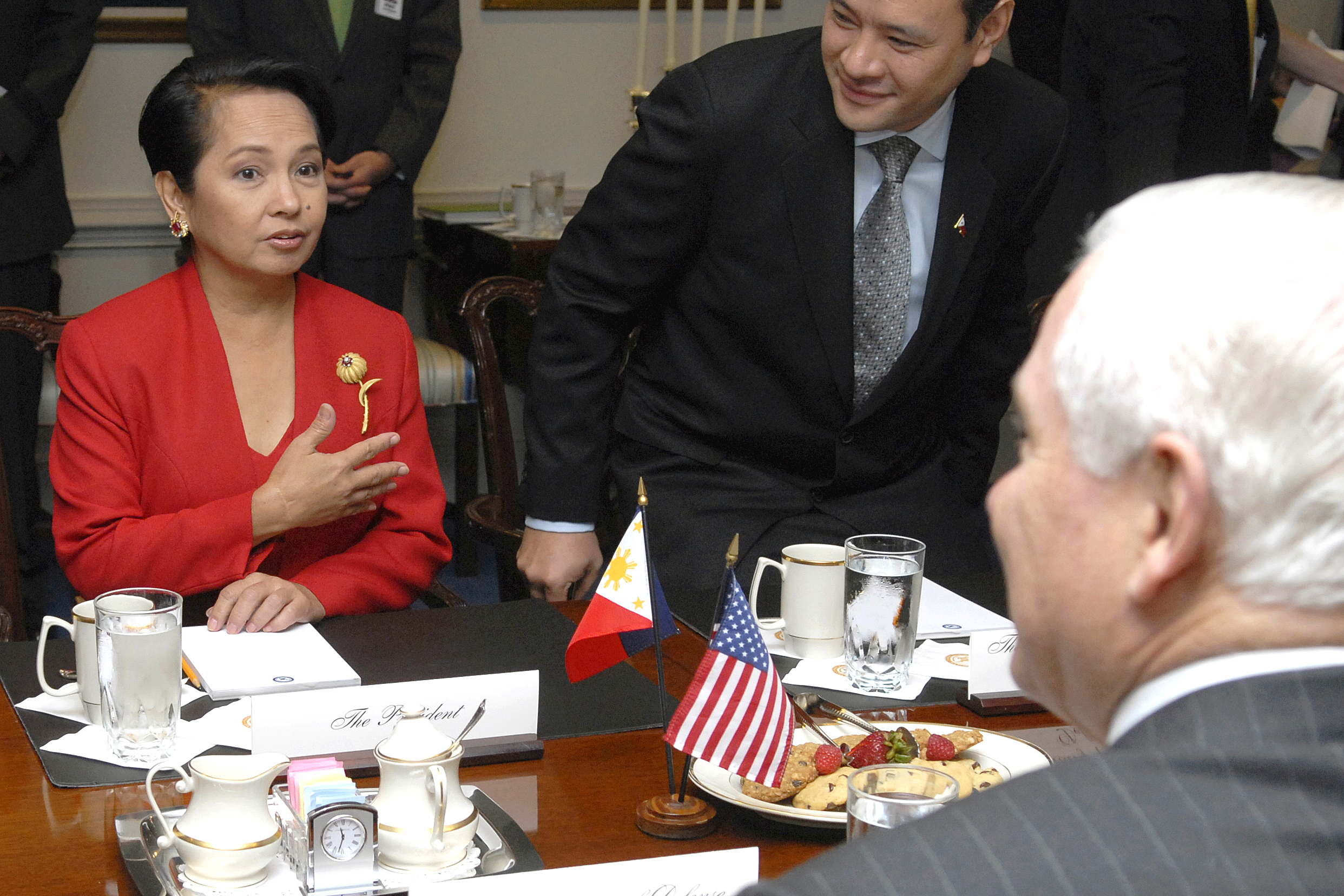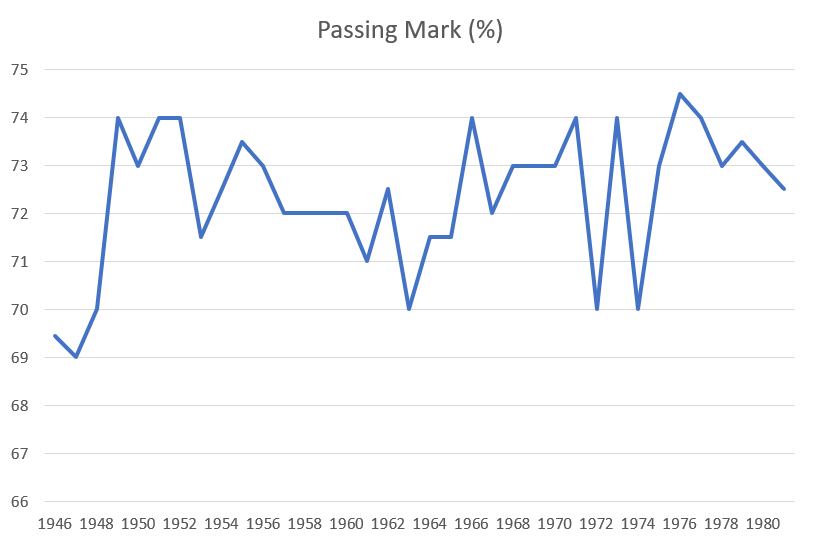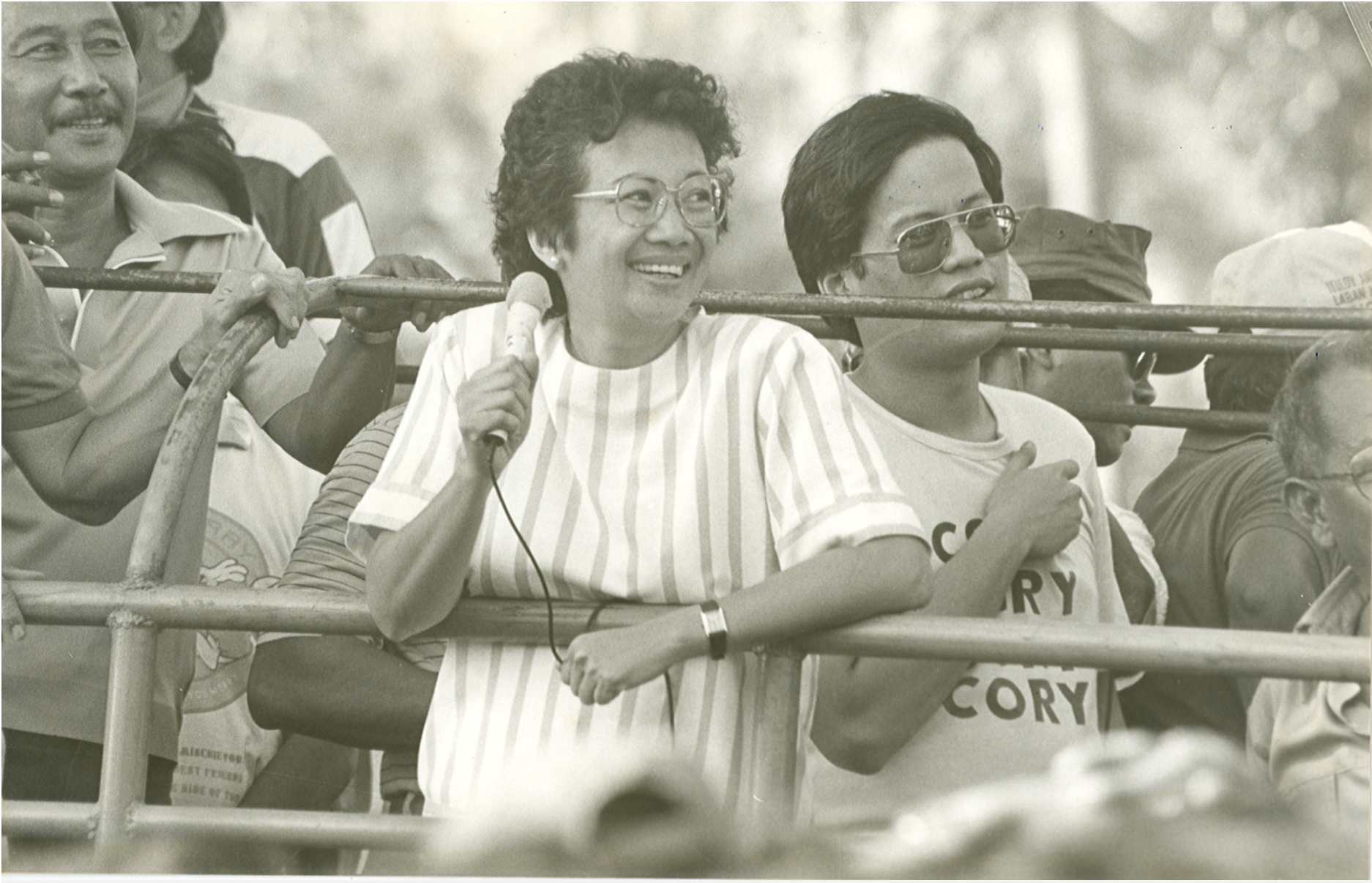|
Gilbert Teodoro
Gilberto Eduardo Gerardo Cojuangco Teodoro Jr. (born June 14, 1964), nicknamed Gilbert or Gibo (), is a Filipino lawyer, politician and business executive who served as the Secretary of National Defense from 2007 to 2009 under President Gloria Macapagal Arroyo. He was the nominee of Arroyo's Lakas–Kampi–CMD in the 2010 presidential election, which he lost to his second cousin, Benigno Aquino III. Teodoro studied commerce at De La Salle University, and law at the University of the Philippines, where he graduated top of his class and went on to top the 1989 Bar exams. He then earned his Master of Laws degree from Harvard Law School. He practiced law until he was elected as Representative of Tarlac's 1st district, serving from 1998 to 2007. Teodoro has been described as a technocrat. During his time as defense secretary, he was known for his efforts as the chairman of the National Disaster Coordinating Council (NDCC) when Mega Manila was hit by Typhoon Ketsana (Ondoy).< ... [...More Info...] [...Related Items...] OR: [Wikipedia] [Google] [Baidu] |
Philippine Legion Of Honor
The Philippine Legion of Honor ( fil, Lehiyong Pandangal ng Pilipinas; es, Legion de Honor Filipino) was established by President Manuel Roxas, through Philippine Army Circular No. 60 dated July 3, 1947. The Philippine Legion of Honor was patterned after the Legion of Merit of the United States of America, and was meant to honor both civilians and members of the military, Filipino or foreign. Originally, like the U.S. Legion of Merit, the Philippine Legion of Honor had four classes, known as degrees, with Legionnaire being the basic rank, and Chief Commander being the highest. With the reform of the Philippine system of orders and decorations in 2003, the Philippine Legion of Honor's classes were renamed "ranks" instead of "degrees", and the ranks expanded. Criteria Today, the Philippine Legion of Honor is conferred upon a Filipino or foreign citizen in recognition of valuable and meritorious service in relation to the military affairs of the Republic of the Philippines. It is t ... [...More Info...] [...Related Items...] OR: [Wikipedia] [Google] [Baidu] |
Bachelor Of Laws
Bachelor of Laws ( la, Legum Baccalaureus; LL.B.) is an undergraduate law degree in the United Kingdom and most common law jurisdictions. Bachelor of Laws is also the name of the law degree awarded by universities in the People's Republic of China, Hong Kong S.A.R., Macau S.A.R., Malaysia, Bangladesh, India, Japan, Pakistan, Kenya, Ghana, Nigeria, South Africa, Botswana, Israel, Brazil, Tanzania, Zambia, and many other jurisdictions. In the United States, the Bachelor of Laws was also the primary law degree historically, but was phased out in favour of the Juris Doctor degree in the 1960s. Canadian practice followed suit in the first decade of the 21st century, phasing out the Bachelor of Laws for the Juris Doctor. History of academic degrees The first academic degrees were all law degrees in medieval universities, and the first law degrees were doctorates. The foundations of the first universities were the glossators of the 11th century, which were also schools of law. The ... [...More Info...] [...Related Items...] OR: [Wikipedia] [Google] [Baidu] |
Mega Manila
Mega Manila is a megalopolis on the island of Luzon, Philippines. There are varying definitions of the megalopolis, but it is generally seen as encompassing the administrative regions of Central Luzon, Calabarzon, and Metro Manila. On some occasions, the administrative region of Mimaropa is also included. It is frequently used in the press, advertising, television, and radio to refer to provinces bound to Manila, in contrast to the term Greater Manila Area, which is academically used to describe the urbanization process that has long spilled out of Metro Manila's borders, also known as the built-up area. Mapping out the built-up area around Manila requires finer granularity than the more generic term ''Mega Manila''. ''Mega Manila'' is used in general reference to the relationship of Metro Manila to surrounding provinces. It references only provinces and not the exact settlement patterns of cities, towns, and barangays, which may be urban, suburban, mountains, or rural area ... [...More Info...] [...Related Items...] OR: [Wikipedia] [Google] [Baidu] |
Legislative Districts Of Tarlac
The legislative districts of Tarlac are the representations of the province of Tarlac in the various national legislatures of the Philippines. The province is currently represented in the lower house of the Congress of the Philippines through its first, second, and third congressional districts. History The province was divided into two legislative districts until 1972. It was part of the representation of Region III from 1978 to 1984, and from 1984 to 1986 it elected two assemblymen at-large. In 1986, it was redistricted into three legislative districts. Current Districts At-large (defunct) 1943–1944 1984–1986 References {{Philippine legislative districts Tarlac Tarlac, officially the Province of Tarlac ( pam, Lalawigan ning Tarlac; pag, Luyag/Probinsia na Tarlac; ilo, Probinsia ti Tarlac; tgl, Lalawigan ng Tarlac; ), is a landlocked province in the Philippines located in the Central Luzon region. It ... Politics of Tarlac ... [...More Info...] [...Related Items...] OR: [Wikipedia] [Google] [Baidu] |
Philippine Bar Examination
The Philippine Bar Examination is the professional licensure examination for lawyers in the Philippines. The exam is exclusively administered by the Supreme Court of the Philippines through the Supreme Court Bar Examination Committee. Brief history The first Philippine Bar Exams was conducted in 1901 with only 13 examinees. The third Philippine Bar Exam took place in 1903 but the results were released in 1905. José I. Quintos obtained the highest rating of 96.33%, Sergio Osmeña, Sr. was second with 95.66%, F. Salas was third with 94.5% and Manuel L. Quezon fourth with 87.83%. The first bar exam in 1901 has only 13 examinees, while the 2008 bar examination is the 107th (given per Article 8, Section 5, 1987 Constitution). After the 1903 exam, rankings were again avoided until the 1913 exam, which meant that every other year from the inaugural 1901 examination to 1912 no scores were given other than pass or fail. The 2016 bar exam had the highest number of passers 3747 out of 63 ... [...More Info...] [...Related Items...] OR: [Wikipedia] [Google] [Baidu] |
Benigno Aquino III
Benigno Simeon Cojuangco Aquino III (; February 8, 1960 – June 24, 2021), also known as Noynoy Aquino and colloquially as PNoy, was a Filipino politician who served as the 15th president of the Philippines from 2010 to 2016. The son of assassinated politician Benigno Aquino Jr. and 11th president Corazon Aquino, he was a fourth-generation politician as part of the Aquino family of Tarlac. Benigno Aquino III previously served as a member of the House of Representatives and Senate from 1998 to 2010, and also as a deputy speaker of the House of Representatives from 2004 to 2006. On September 9, 2009, shortly after the death of his mother, he announced his candidacy in the 2010 presidential election, which he eventually won. He was sworn into office as the 15th president of the Philippines on June 30, 2010, succeeding Gloria Macapagal Arroyo. [...More Info...] [...Related Items...] OR: [Wikipedia] [Google] [Baidu] |
2010 Philippine Presidential Election
1 (one, unit, unity) is a number representing a single or the only entity. 1 is also a numerical digit and represents a single unit of counting or measurement. For example, a line segment of ''unit length'' is a line segment of length 1. In conventions of sign where zero is considered neither positive nor negative, 1 is the first and smallest positive integer. It is also sometimes considered the first of the infinite sequence of natural numbers, followed by 2, although by other definitions 1 is the second natural number, following 0. The fundamental mathematical property of 1 is to be a multiplicative identity, meaning that any number multiplied by 1 equals the same number. Most if not all properties of 1 can be deduced from this. In advanced mathematics, a multiplicative identity is often denoted 1, even if it is not a number. 1 is by convention not considered a prime number; this was not universally accepted until the mid-20th century. Additionally, 1 is the s ... [...More Info...] [...Related Items...] OR: [Wikipedia] [Google] [Baidu] |
Colonel
Colonel (abbreviated as Col., Col or COL) is a senior military officer rank used in many countries. It is also used in some police forces and paramilitary organizations. In the 17th, 18th and 19th centuries, a colonel was typically in charge of a regiment in an army. Modern usage varies greatly, and in some cases, the term is used as an honorific title that may have no direct relationship to military service. The rank of colonel is typically above the rank of lieutenant colonel. The rank above colonel is typically called brigadier, brigade general or brigadier general. In some smaller military forces, such as those of Monaco or the Vatican, colonel is the highest rank. Equivalent naval ranks may be called captain or ship-of-the-line captain. In the Commonwealth's air force ranking system, the equivalent rank is group captain. History and origins By the end of the late medieval period, a group of "companies" was referred to as a "column" of an army. According to Raymond Ol ... [...More Info...] [...Related Items...] OR: [Wikipedia] [Google] [Baidu] |
Armed Forces Of The Philippines Reserve Command
The Armed Forces of the Philippines Reserve Command, known officially as the AFP RESCOM or RESCOM, ( fil, Pangasiwaan ng Panlaang Kawal ng Hukbong Sandatahang Lakas ng Pilipinas) is one of the Armed Forces of the Philippines' Major Support Commands created for the sole purpose of Reserve Force management, procurement, and organization. Training Training is the major task handled by AFPRESCOM. Its primary modes of enlisting reservists; Military Orientation Training Course (MOTC) and the Basic Citizens Military Training (BCMT). Graduates are given enlisted ranks based on reciprocity of their civilian experience in the military environment. Reserve officers are commissioned based on Armed Forces of the Philippines policy on (direct) commissionship in the reserve force known as Circular Nr 4 series of July 2010. Those who are commissioned through this source subsequently undergo an officer orientation program. Many officers in AFPRESCOM are licensed physicians, dentists, nurses, pharma ... [...More Info...] [...Related Items...] OR: [Wikipedia] [Google] [Baidu] |
Philippine Air Force
The Philippine Air Force (PAF) ( tgl, Hukbong Himpapawid ng Pilipinas, , Army of the Air of the Philippines) ( es, Ejército Aérea del Filipinas, , Ejército de la Aérea de la Filipinas) is the aerial warfare service branch of the Armed Forces of the Philippines. Initially formed as part of the Philippine Army (Philippine Army Air Corps), the PAF is responsible for both defending the Philippine airspace, and conducting aerial operations throughout the Philippines, such as close air support operations, combat air patrols, aerial reconnaissance missions, airlift operations, helicopter tactical operations and aerial humanitarian operations. The PAF is headquartered at the Villamor Air Base in Pasay, and is headed by the Chief of the Air Force, who also serves as the branch's highest-ranking military officer. History Philippine Commonwealth and Independence Early years and World War II The forerunners of the Philippine Air Force was the Philippine Militia, otherwise known as ... [...More Info...] [...Related Items...] OR: [Wikipedia] [Google] [Baidu] |




.jpg)



_Streamer.png)